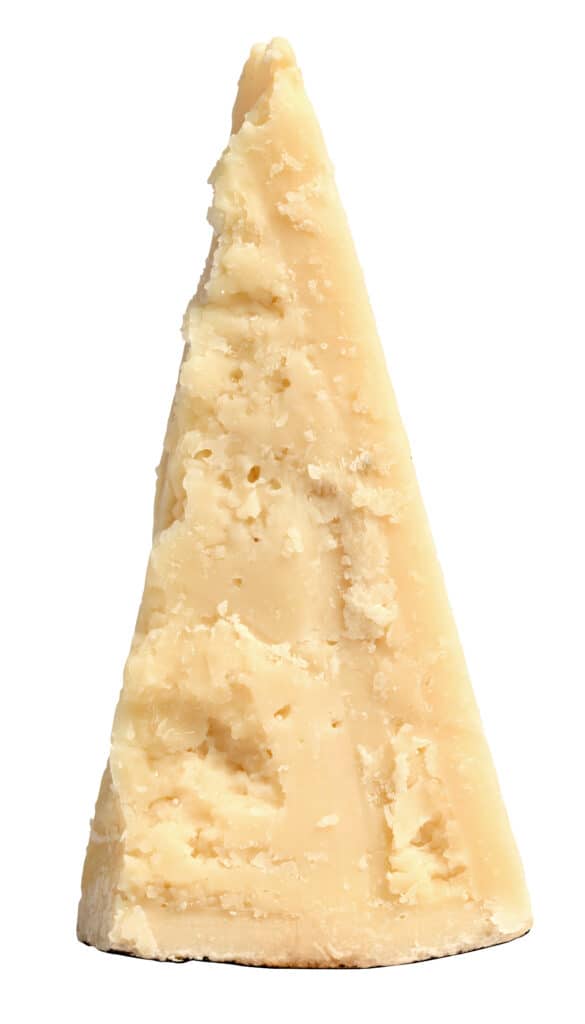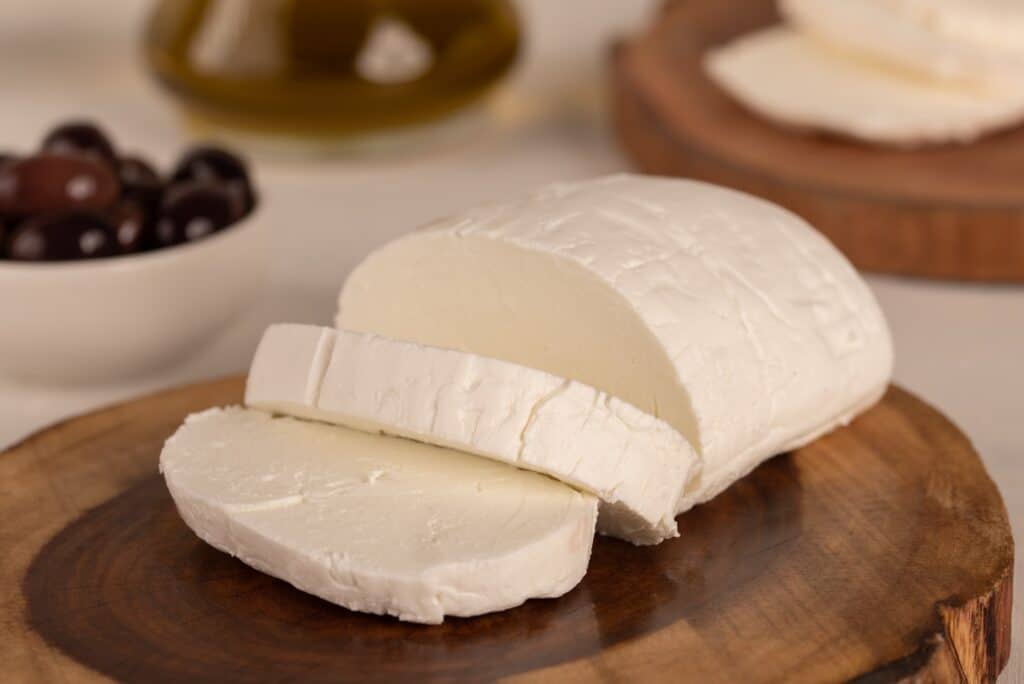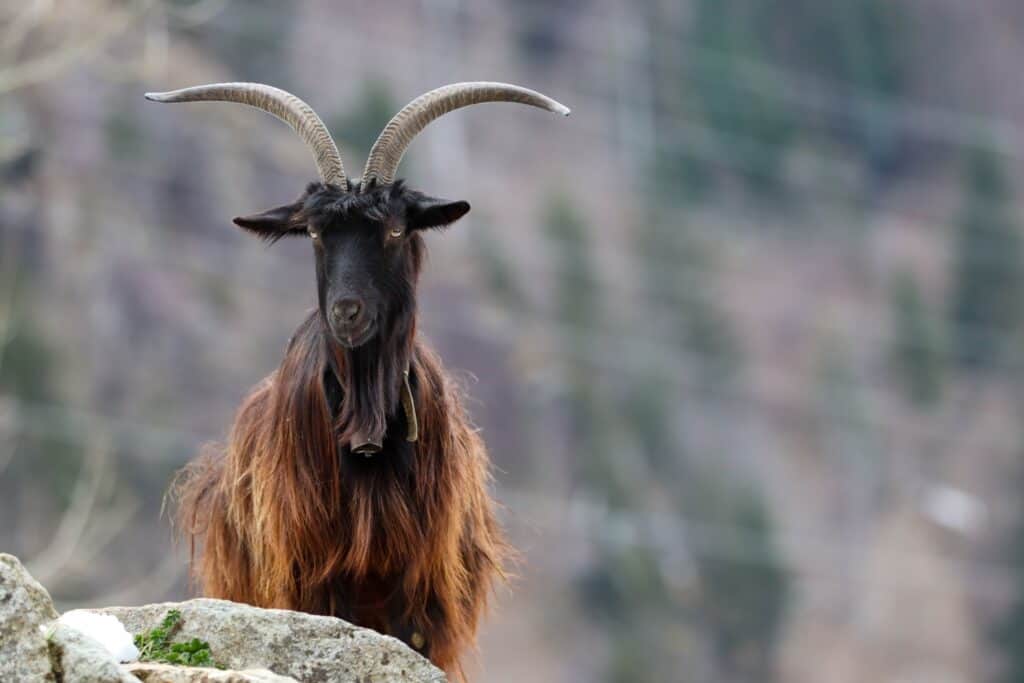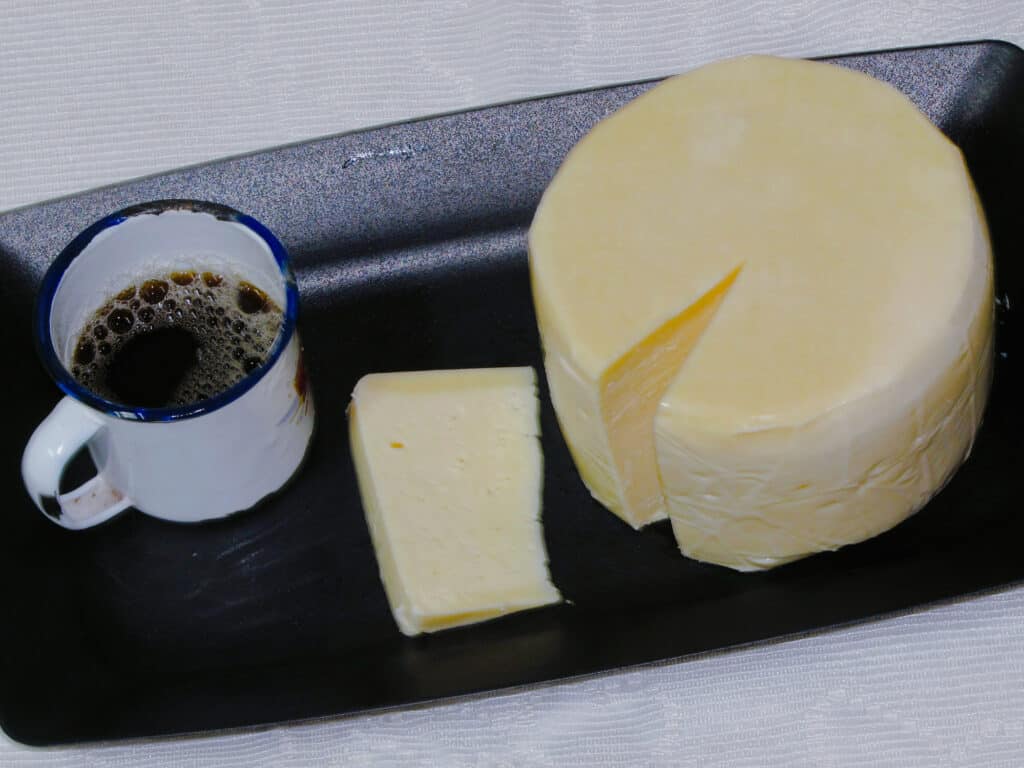What are some of the oldest cheeses on Earth? Cheese is a fermented food that has existed for at least 7,500 years and remains immensely popular today.
Humans probably first encountered cheese in the repurposed stomachs of animals that they had killed. Early humans used the stomachs as storage vessels for milk. The stomach would have contained rennet, an enzyme that would have curdled the milk, separating it into curds and whey. This discovery likely paralleled the domestication of cattle.
Cheeses were further developed as a means to extend the shelf life of milk. There are currently over 1000 different kinds of cheese in the world today. Each cheese is slightly different from the others, covering a broad spectrum of textures and flavors.
Are there still old types of cheese on the planet? What’s the oldest edible cheese out there? Keep reading to learn bout the oldest cheeses on earth.
Oldest Cheese Types in Existence
| Oldest Cheeses On Earth | Why It’s an Old Cheese Type | Origin Culture of Cheese Type |
|---|---|---|
| Conciato Romano | Oldest cheese in Europe | Samnium – Italy |
| Brined Cheese | Ancient Greek Cheese | Bronze Age Greece |
| Karish Cheese | Oldest Cheese on Earth | Ancient Egypt |
| Bitto Storico | Oldest Edible Cheese | Italy |
| Serro Cheese | Oldest Cheese in Brazil | Brazil |
Conciato Romano: Oldest Cheese Type in Europe
Conciato Romano dates back to the Samnites who lived in the Caserta region in Italy before being conquered by the Romans. It is the oldest known ewe cheese in Italy.
It’s believed that the cheese predates any recorded ancient cheese-making techniques. As agriculture and pasturing developed, this cheese was most likely discovered aa a result.
Conciato Romano is made from sheep’s milk that has coagulated after rennet is introduced. Rennet contains enzymes naturally found in unweaned calves’ stomachs, which separates milk into curds and whey.

Similar to its ancient form, modern day Romano cheese is still made with sheep’s milk.
©pirtuss/Shutterstock.com
Making the cheese requires a two part process. The first step is rinsing the raw cheese in pettole water, which acts as a natural antibacterial agent. After it’s been allowed to dry, the cheese is combined with white wine, oil, chili pepper, and piperna (wild thyme).
It is left to ripen in the dark in terracotta jars for 6 months to 2 years. This cheese is exponentially stronger than modern cheeses.
Brined Cheese: Fresh Ancient Greek Cheese
Brined cheese, also known as pickled cheese, is an ancient cheese from Greece. Having prehistoric roots, this recipe has been handed down through generations. Brined cheeses were potentially transported around Eastern Europe since the Bronze Age.
Brined cheeses are popular along the Mediterranean Coast.
Feta is the most famous example of a brined cheese. There are records from as early as 200 B.C. describing a brining process in Greece. Traditionally made from sheep’s milk , The feta you eat today os more commonly made for cow’s milk.

©Pronina Marina/Shutterstock.com
Since the cheese ages in a brine solution and is never dried, it doesn’t have a rind. Moisture levels vary from cheese to cheese depending on the type and quality of the milk used.
Karish Cheese: Oldest Cheese Type on Earth
Karish cheese is one of the oldest cheese types in Arab and Egyptian food culture. It has roots that extend as far back as to the First Dynasty in Ancient Egypt. It remains a staple in the modern Egyptian diet.
Karish cheese is a fresh cheese consisting of cow’s milk or buffalo skim milk. Combining these two milks is also an option. Combining milk from different animals allows cheese makers to better control the fat content of their final product.

Karish cheese It remains a staple in the modern Egyptian diet.
©zeez hamam/Shutterstock.com
Mish cheese is Karish cheese that has been salted and dried. Equipment used in the making of mish cheese was discovered in a tomb dating from 3,000 B.C.
Traditionally Karish cheese was created using rennet. Today, rennet-free techniques exist to coagulate Karish cheese. One example is the use of oyster mushrooms to coagulate buffalo milk.
Bitto Storico: Oldest Bite of Cheese to Eat Today
Bitto Storico has the longest aging process of any cheese on the market today. It’s possible to find Bitto Storico cheese that has been aged 18 years. This cheese is from the Valtellina Valley in Lombardy, Italy.
There are only 12 authentic Bitto Storico producers still in existence. Bitto Storico is made from a combination of goat’s milk and cow’s milk. These goats and cows are free to roam the Valtellina Valley. Because of this, each year the cheese’s flavor has subtle differences, depending on what the animals ate.
The cheese is ten to twenty percent Orobica goat milk. These goats are endemic to the Bergamo Alps in Northern Italy. This specific goats’ milk is what allows the cheese to age for so long.

Orobica goats are endemic to the Bergamo Alps in Northern Italy.
©Silvia Ripamonti/Shutterstock.com
It isn’t produced with bacteria, animal feed, or additives. It’s a poster child for Italy’s slow food movement which calls for food to be local, good for the body, stimulating to the senses, and created thoughtfully. The slow food movement has been around since the 1980s.
Bitto Storico needs to be aged for 70 days minimum. Most people buy the cheese fresh and hold on to it while it ages. However, many restaurateurs and private connoisseurs wait to savor the cheese until after it has aged for many years.
Serro Cheese: Oldest Cheese in Brazil
Cheesemaking in Brazil coincided with the Portuguese colonization of Brazil. The Portuguese introduced cheese to the indigenous population of Brazil, and it wasn’t long before the natives had put their own spin on the creamy delight. A local variety called Serro cheese was the result, the response from locals to their exposure to the Serra da Estrela cheese of the Portuguese.

The Portuguese introduced cheese to the indigenous population of Brazil, and it wasn’t long before the natives had put their own spin on the creamy delight.
©iStock.com/Antonino Ferreira
This cheese was specifically created in the Serro region, Minas Gerais State, Brazil.
Though customs and palates have transformed through the intervening centuries, one thing is constant: The love of cheese. Whether you are eating a relatively young cheese, or a traditional variety, there’s no debating that cheese is always welcome at the table. Bon appétit!
The photo featured at the top of this post is © Rudinski Vyacheslav/Shutterstock.com
Sources
- google.com, Available here: https://books.google.com/books?hl=en&lr=&id=clSSDwAAQBAJ&oi=fnd&pg=PA161&dq=oldest+cheese+types&ots=cM6v0-IvMn&sig=38FY7m_KCjmgf-Q2WLiP11wzPU4#v=onepage&q&f=false
- jfds.journals.ekb, Available here: https://jfds.journals.ekb.eg/article_108831.html
- sciencedirect.net, Available here: https://www.sciencedirect.com/science/article/abs/pii/S0023643816307009
- sciencedirect.net, Available here: https://www.sciencedirect.com/science/article/abs/pii/S0958694621001059
Thank you for reading! Have some feedback for us? Contact the AZ Animals editorial team.






